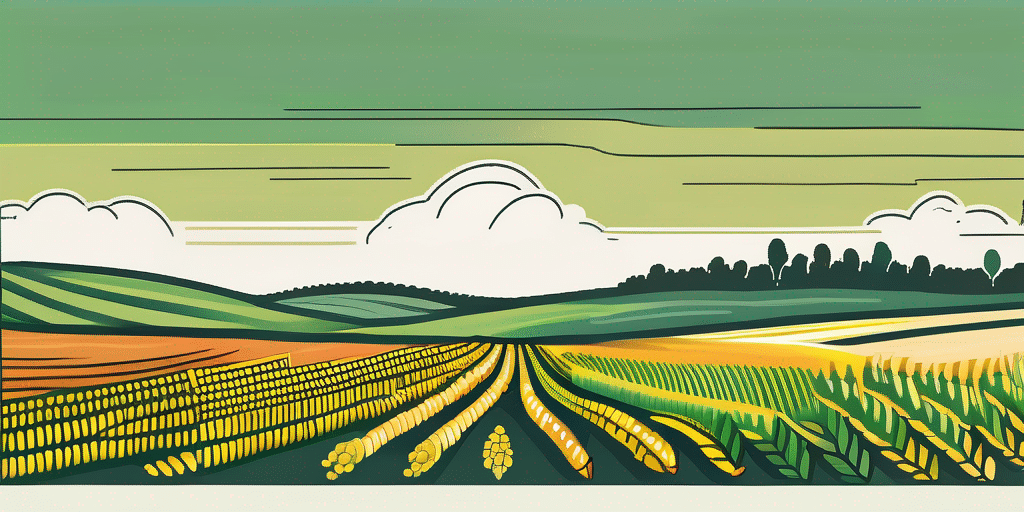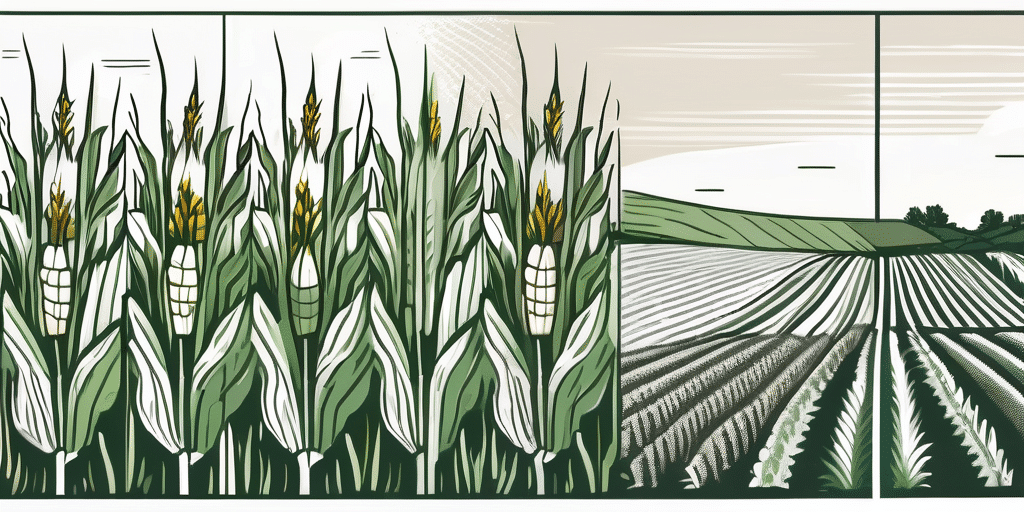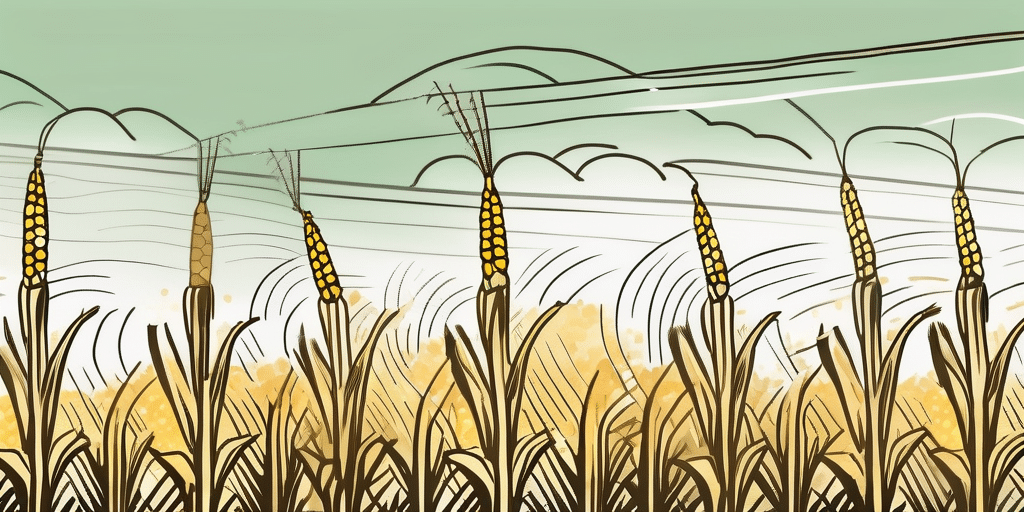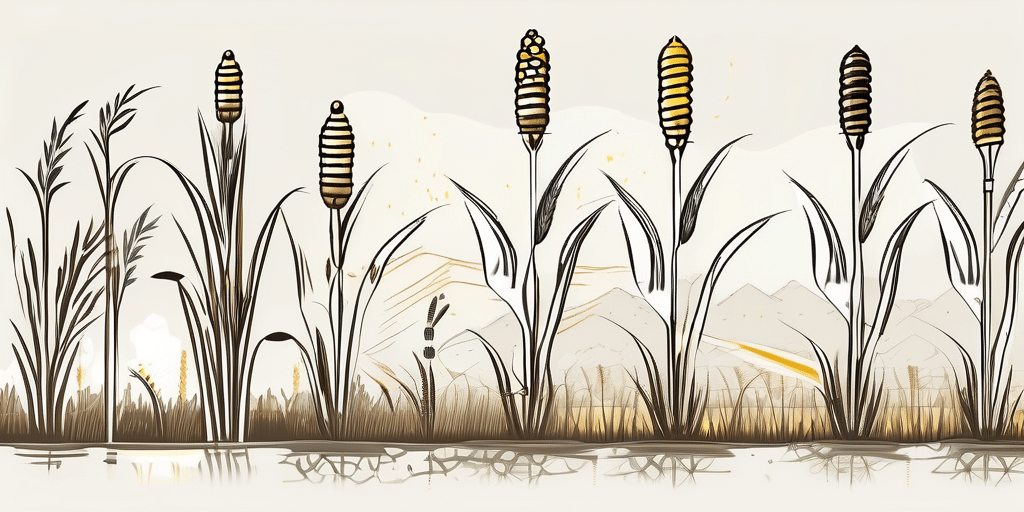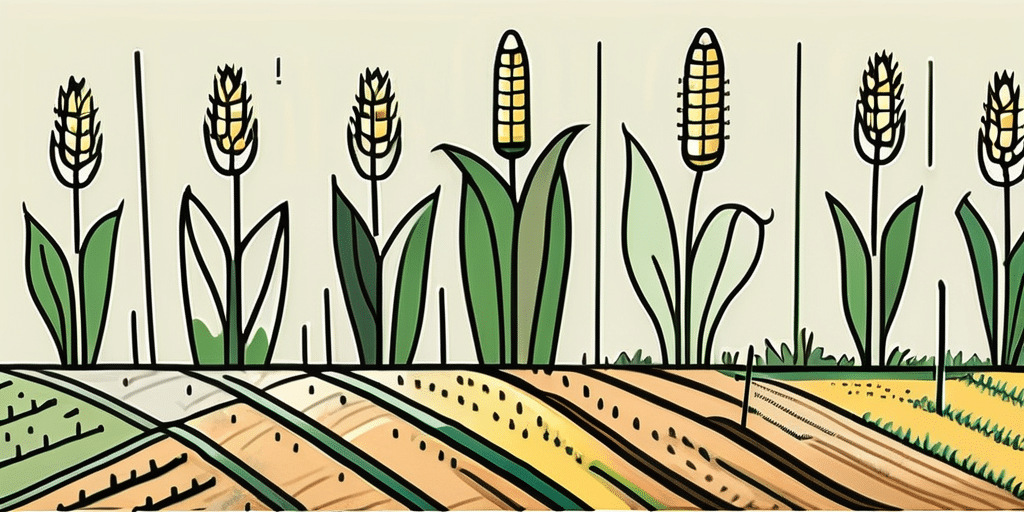Growing Trinity corn in Virginia can be a rewarding experience for gardeners. This sweet and flavorful corn variety is known for its distinctive taste and tender kernels. In this article, we will explore the process of planting and growing Trinity corn in Virginia, including the best time to plant, how to care for the plants, and when to harvest the delicious ears of corn.
Climate & Hardiness Zones in Virginia
Before diving into the details of growing Trinity corn in Virginia, it’s important to understand the climate and hardiness zones in the state. Virginia is located in USDA hardiness zones 6 to 8, which means that it has a moderate climate with mild winters and hot summers.
The average frost-free period in Virginia ranges from 150 to 210 days, depending on the region. This information is crucial when determining the appropriate time for planting Trinity corn.
Virginia’s climate is influenced by various factors, including its proximity to the Atlantic Ocean and the Appalachian Mountains. The state experiences four distinct seasons, with temperatures varying widely throughout the year. Summers in Virginia are characterized by high humidity levels, which can impact crop growth and yield. It’s important for farmers and gardeners to consider these factors when choosing crops like Trinity corn for cultivation.
Additionally, Virginia’s diverse topography contributes to microclimates within the state. Coastal areas may have milder winters compared to mountainous regions, leading to differences in growing seasons and plant hardiness. Understanding these microclimates can help growers make informed decisions about crop selection and planting schedules. When it comes to Trinity corn, being aware of these nuances in Virginia’s climate can optimize the crop’s growth and overall success.
When to Plant Trinity Corn in Virginia
The ideal time to plant Trinity corn in Virginia is in late spring, after the danger of frost has passed and the soil has warmed up. As a general rule, the soil temperature should reach at least 50°F (10°C) before planting corn seeds.
For gardeners in Virginia, this usually occurs in late April or early May. However, it’s important to keep an eye on the weather conditions and adjust the planting time accordingly.
Trinity corn, a popular hybrid variety known for its high yields and disease resistance, is well-suited for the climate and growing conditions in Virginia. It is a versatile corn variety that can be used for fresh eating, canning, or livestock feed.
When preparing the soil for planting Trinity corn, it’s essential to ensure proper drainage to prevent waterlogging, which can lead to root rot. Adding organic matter, such as compost or well-rotted manure, not only improves soil fertility but also helps with moisture retention and aeration.
Step-by-Step Guide:
- Prepare the soil by removing any weeds or debris and loosening it with a garden fork or tiller.
- Perform a soil test to determine its pH level and nutrient content. Trinity corn thrives in well-drained soil with a pH range of 5.8 to 7.0.
- Based on the soil test results, amend the soil with organic matter, such as compost or well-rotted manure, to improve its fertility and drainage.
- Make furrows in the soil, spaced about 2 to 3 feet apart.
- Plant the corn seeds in the furrows, spacing them about 9 to 12 inches apart.
- Cover the seeds with soil and gently firm it down.
- Water the soil thoroughly after planting to ensure good seed-to-soil contact and encourage germination.
When to Harvest or Pick Trinity Corn in Virginia
Harvesting Trinity corn at the right time is crucial to enjoy its sweet and juicy kernels at their peak of flavor. The ideal time to harvest Trinity corn in Virginia is when the ears feel full and the silks have dried out, usually around 18 to 22 days after the silks first appear.
To check if the corn is ready, gently pull back the husk and pierce a kernel with your fingernail. If the liquid inside the kernel is milky, it’s a sign that the corn is ready to be harvested. However, if the liquid is clear, the corn needs more time on the stalk.
When harvesting Trinity corn, gently twist the ear downwards and pull it from the stalk. Avoid yanking or pulling with force, as this can damage the plant. Immediately after harvest, cook or refrigerate the corn to preserve its sweetness and flavor.
Trinity corn, a popular sweet corn variety known for its exceptional taste and tenderness, thrives in the warm climate of Virginia. The state’s fertile soil and moderate temperatures provide an ideal environment for growing this delicious corn variety. Trinity corn is characterized by its plump, yellow kernels that burst with flavor when cooked to perfection.
When selecting Trinity corn at the market or grocery store, look for ears that are firm and well-filled from tip to base. Avoid corn with dry or shriveled kernels, as this indicates that the corn is past its prime. Fresh Trinity corn should have bright green husks that are slightly damp to the touch, a sign of recent harvesting. For the best flavor and sweetness, it is recommended to consume Trinity corn as soon as possible after harvesting, as its sugars begin to convert to starch soon after being picked.
Frequently Asked Questions
Here are some common questions about growing Trinity corn in Virginia:
- Q: Can I start Trinity corn indoors and transplant it to the garden?
- A: While corn can be started indoors, it’s not recommended for Trinity corn. Transplanting corn seedlings can cause stress to the plants, resulting in reduced yields.
- Q: How often should I water Trinity corn?
- A: Trinity corn requires regular watering, especially during hot and dry periods. Aim to provide about 1 to 1.5 inches of water per week, either through rainfall or irrigation.
- Q: Can I save seeds from Trinity corn for next year?
- A: It’s not recommended to save seeds from Trinity corn for the next growing season. This hybrid variety does not produce true-to-type seeds, meaning the offspring may not have the same desirable traits as the parent plant.
When considering growing Trinity corn in Virginia, it’s important to note that this particular variety thrives in warm climates with well-drained soil. Virginia’s climate provides a suitable environment for Trinity corn to flourish, with its long, warm summers and fertile soil.
Additionally, Trinity corn is known for its high sugar content and excellent flavor, making it a popular choice among corn enthusiasts. Its bi-color kernels and tender texture add a delightful sweetness to summer meals, whether enjoyed fresh off the cob or incorporated into various dishes.
In conclusion, growing Trinity corn in Virginia can be a delicious and rewarding experience. By following the appropriate planting time, providing proper care, and harvesting at the right moment, gardeners can enjoy the sweet and flavorful taste of Trinity corn straight from their own backyard. So, why not give it a try and savor the flavors of summer with this remarkable corn variety?
Join the How to Grow Everything Community
Ready to turn your green thumb into a cornucopia of gardening success? Subscribe for free to How to Grow Everything and learn how to build the garden of your dreams! Receive personalized gardening advice tailored to your Virginia location, grow zone, and experience level. Enjoy the best gardening tips, special offers, and the wisdom of our family’s gardening legacy, all delivered straight to your inbox with no spam, just pure gardening gold. Start growing your perfect Trinity corn and much more today—it’s 100% free!

